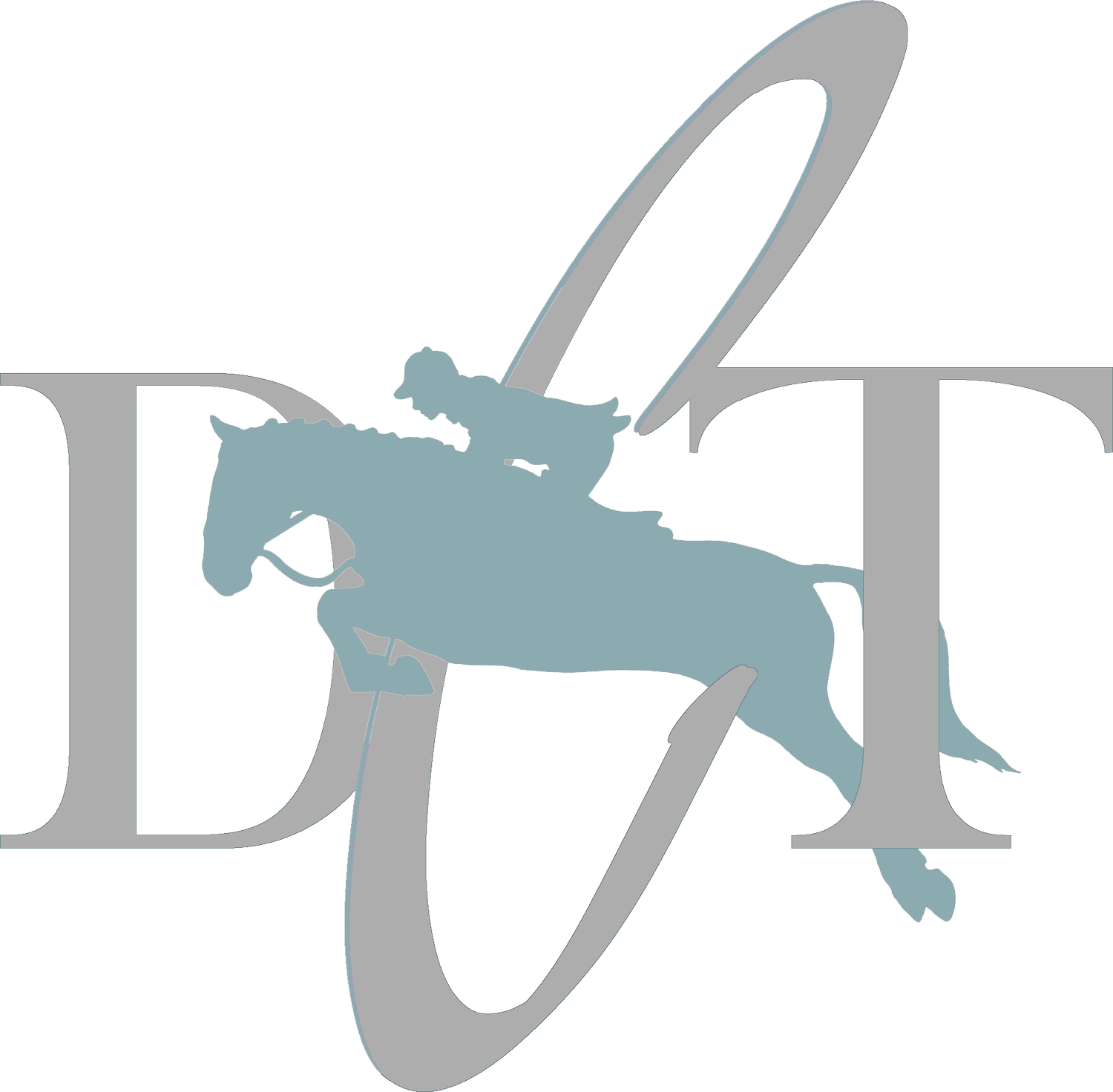Learn More
-
Did you know that approximately 60% of a horse’s body weight is made up of the muscular system? This system plays a critical role in movement, performance, and overall well-being. When muscle health is compromised, it can result in poor performance, behavioral changes, and even injury.
Muscles that are weak, tight, or chronically contracted place excessive tension on surrounding tissues. This strain can lead to swelling, reduced circulation, inflammation, and eventually, injury or sprain. Over time, these issues can result in the formation of adhesions or scar tissue, perpetuating a painful cycle.
When a horse experiences pain or trauma, it may begin to "muscle guard" by reflexively contracting muscles to avoid discomfort. This protective mechanism reduces movement and range of motion, limiting blood flow and depriving tissues of essential nutrients like oxygen. The result is ischemia, trigger points, muscle spasms, and further pain—causing other muscles to compensate, leading to atrophy and increased strain on ligaments. Ligaments are not designed to take over the function of muscles, and when forced to do so, the risk of injury increases significantly.
Massage therapy offers a solution. It is a systematic and scientific approach to manipulating soft tissue with the goal of restoring and maintaining health. The three foundational goals of equine massage therapy are to:
1. Decrease pain
2. Increase range of motion
3. Encourage proper exercise and muscle use through the full range of motion
As renowned sports therapist Jack Meagher once said, “It is much better to prevent than to have to correct.”
Regular massage helps interrupt the cycle of pain and tension before it develops into chronic issues. More than just a means of relaxation, massage is a proactive, therapeutic tool to keep your horse sound, supple, and performing at their best.
-
Equine Massage Therapy has many benefits, including but certainly not limited to
Improves Circulation: Dilates blood vessels to boost blood flow to surface tissues, aiding in the removal of metabolic waste (e.g., lactic acid) and enhancing nutrient delivery to cells, which reduces ischemia.
Promotes Lymphatic Flow: Applied pressure encourages lymph circulation, reducing swelling and boosting lymphocyte count, thereby supporting immune function.
Reduces Stress & Anxiety: Activates the parasympathetic nervous system, releasing endorphins, dopamine, and serotonin while lowering cortisol and epinephrine levels, leading to decreased stress and anxiety.
Relieves Muscle Tension: Increases muscle flexibility and resiliency, reduces spasms, and restores range of motion by manually separating muscle fibers and lengthening them. This enhances posture, balance, and motor skills.
Supports Tissue Healing: Stimulates fibroblast activity, aiding in the reduction of keloids, scars, adhesions, and fascial restrictions, which improves mobility.
Enhances Respiratory Function: Reduces respiratory rate and promotes deeper breathing by releasing tension in respiratory muscles and surrounding fascia.
Stimulates Digestion: Increases peristaltic activity, helping to alleviate gas buildup and support healthy digestion.
Reduces Trigger Points: Decreases muscle tightness, promoting better physical well-being and reducing fatigue.
Strengthens Emotional Bond: Increases mental alertness and reduces touch aversion, fostering a deeper emotional connection with the horse and satisfying its grooming needs.


